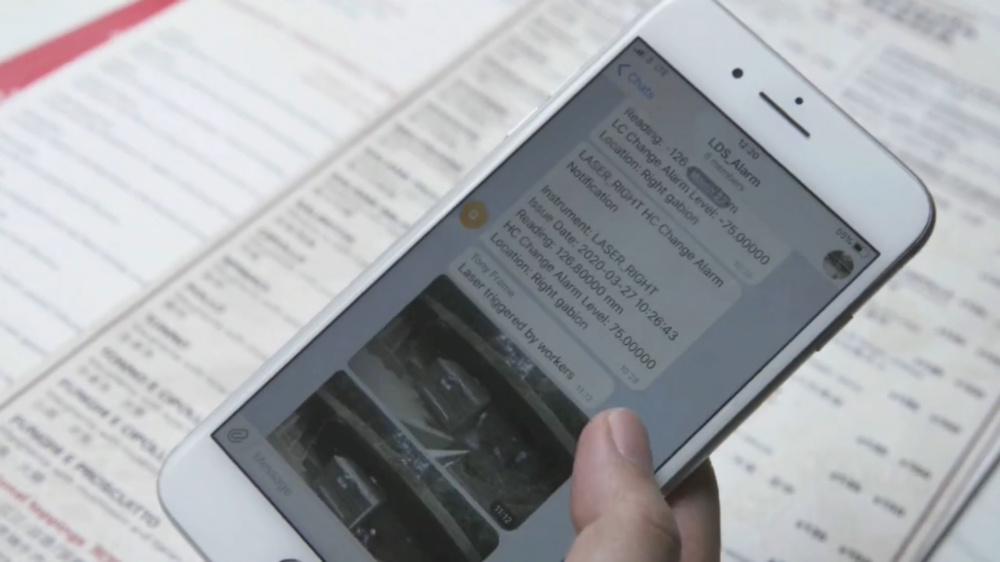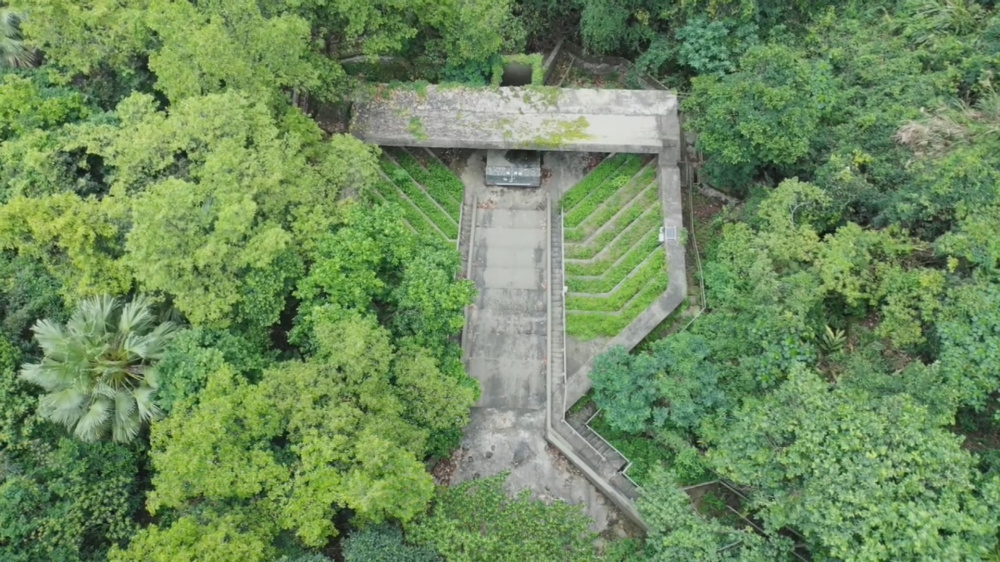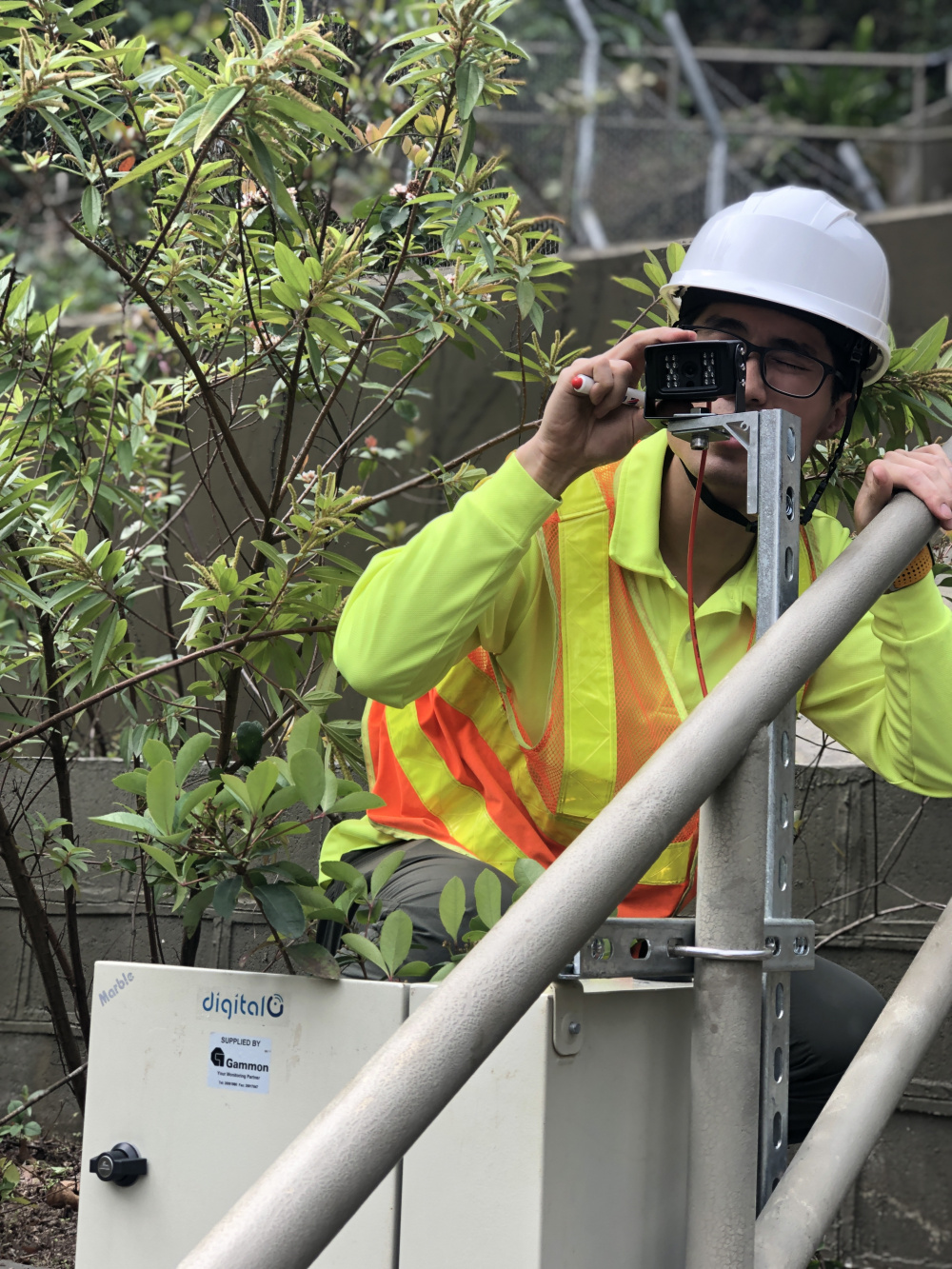Remote landslide sensors provide glimpse of Smart City future
In order to get instant information in the event of slope subsidence and landslide debris that impacts a slope barrier, the government’s Geotechnical Engineering Office (GEO) had been seeking to implement a real-time wireless landslide detection system (LDS) under the government Landslide Prevention and Mitigation Programme.
Digital G, Gammon’s digital business, received a challenge from the government to develop and implement such a monitoring system. The aim was for it to be smart, reliable and robust enough to survive in severe conditions such as typhoons, which often bring torrential rains to Hong Kong’s precipitous residential districts.
To meet the aim effectively, Digital G integrated our expertise in engineering, construction practice and digital capabilities. The result of that effort has now been running for more than one year with uptime of more than 99 per cent, making it a success.
The LDS provides a real-time monitoring solution for Hong Kong, while also successfully extending Gammon’s integrated digital project delivery capabilities to the post-construction stage.



As for how it works, Digital G’s solution is holistic, putting in place various sensors on different parts of slopes. The sensors detect forces put on slope barriers by landslides and measure the thickness of debris and possible tilt of the barriers. In case of landslide events, instant alerts will be sent to responsible officers.
When landslide debris impacts slope retainer walls, any barrier deformation triggers a laser device to measure extent and thickness of the debris, while also taking photographs to provide visual information concerning what has happened. With night vision, the system operates 24 hours a day.
In the event of a landslide, instant alerts are sent to designated personal via text messaging to a mobile app. This makes it possible for such personnel to get on-site information wherever they happen to be via their smartphones or laptop computers, bringing efficiency to slope monitoring and reducing labour involved in slope monitoring and even maintenance.
From the app, information is relayed to the cloud, and from there to Gammon’s internally developed data-collection software GEOMON, which allows users to view and analyse realtime data. GEOMON has been successfully used by Gammon on construction sites in Hong Kong and Singapore for some 15 years and is the perfect complement for Digital G’s sensor detection system.
The sensors are connected wirelessly and have self-sustaining power sources in the form of solar panels that last for three years without need for replacement. They provide real-time information via a remote-control platform and can “talk” to the government’s internet of things (IoT) platform, providing an excellent base for more comprehensive Smart City initiatives in Hong Kong.
The beauty of the system is its ability to provide live information with minimal maintenance costs to both the system and the slopes themselves. It is the foundation of AI-enabled preventive maintenance for all future infrastructure.

